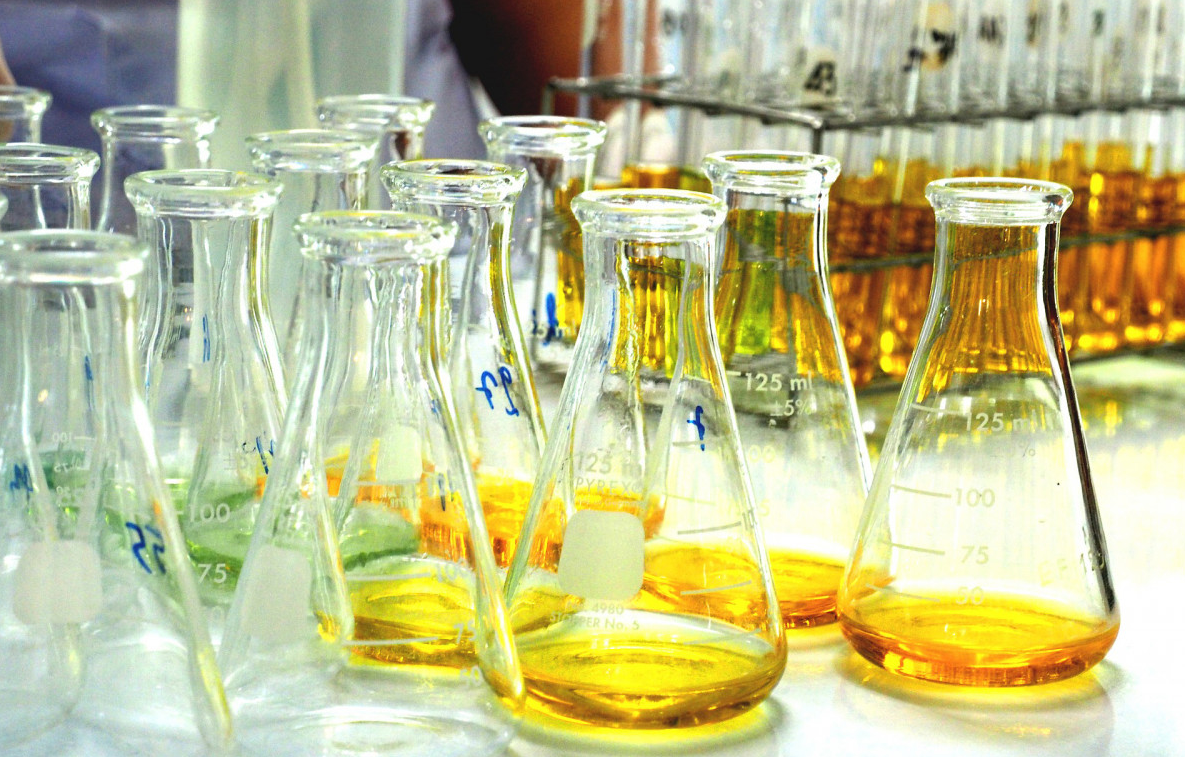The principle of using ion electrode to detect fluoride in water is to use lanthanum fluoride sensing unit as indicator electrode and saturated calomel electrode or silver chloride electrode as reference electrode. When the strength of total ions in water sample is fixed and sufficient, the electromotive force of battery will change with the change of fluoride ion activity in the measured water sample, The fluorine ion content in water samples was calculated by using the linear relationship between electromotive force and negative logarithm of ion activity.
The minimum detection limit of fluoride ion in water by this method is 0.05mg/l.

Reagents and instruments used for testing
1. Hydrochloric acid
Take 15ml concentrated hydrochloric acid and dilute it to 100ml with laboratory pure water.
2. Total ionic strength adjustment buffer solution: 0.2mol/l sodium citrate + 1.0mol/l sodium nitrate
Weigh 58.8g sodium citrate dihydrate and 85.0g sodium nitrate, dissolve them in pure water in the laboratory, dilute them to 1000ml, and adjust the pH value to 5-6 with hydrochloric acid.
3. Fluoride standard solution 100mg / L
Weigh and dry sodium fluoride (0.2210 ± 0.0002) g at 105 ℃ - 110 ℃ for 2h, dissolve it in pure water in the laboratory, dilute it to 1000ml, shake it well, and store it in a polyethylene bottle
4. Fluoride standard solution: 10mg / L
Suck 10ml fluoride standard solution, dilute it to 100ml with laboratory pure water, shake it well, and store it in a polyethylene bottle.
5. Sodium acetate solution: 150g / L
Weigh 15g sodium acetate, dissolve it in pure water in the laboratory and dilute it to 100ml.
6. Fluoride ion selective electrode
7. Saturated calomel electrode or silver chloride electrode
8. Ion activity meter or millivoltmeter
9. Polyethylene cup 100ml, 150ml
10. Magnetic stirrer
Steps for detecting fluorine ions
Before determination, the sample and standard solution shall reach room temperature (the temperature difference shall not exceed ± 1 ℃), and the determination steps are as follows:
1. Absorb an appropriate amount of water sample collected, transfer it into a 50ml volumetric flask, adjust it to near neutral with hydrochloric acid or sodium acetate (it can be detected with pH test paper), add 10ml of total ionic strength adjustment buffer solution, dilute it to the mark with laboratory pure water, shake it well, pour it into a polyethylene cup, put a mixing rod, insert the electrode, and read the potential value E1 when the potential is stable.
2. Add a certain amount of fluoride standard solution to the solution with potential value E1 measured, and read the equilibrium potential value E2 under continuous stirring. The difference between E2 and E1 should be 30mv-40mv.
Finally, the fluorine ion concentration in the water sample is obtained according to the relevant calculation method.



